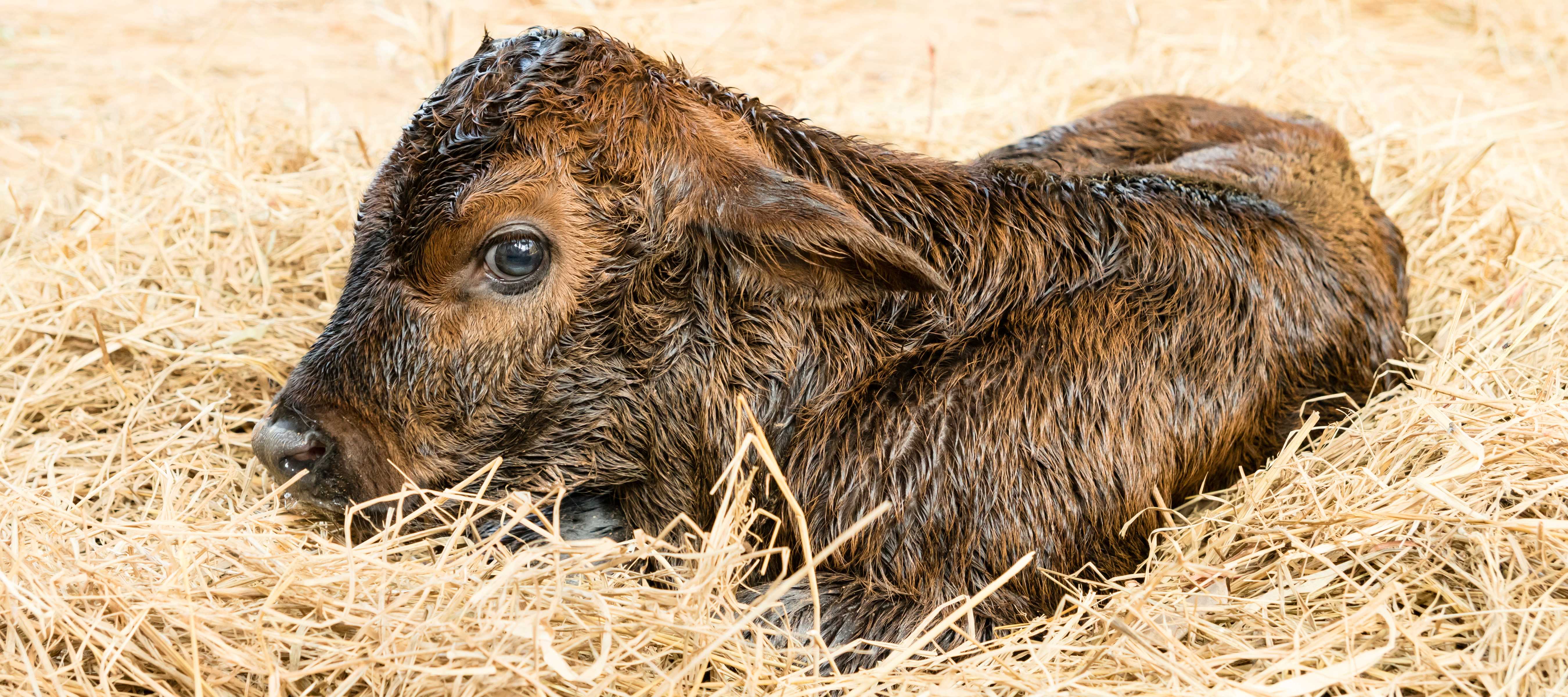Reducing the Risk of a Scours Outbreak in Your Herd – Sale Barn

Calf scours is one of the most costly diseases in the beef cattle industry. Fall calving herds have the advantage. With the help of the hot, late summer/early fall sunshine, the buildup and spread of the pathogens that cause calf diarrhea are reduced. However, whether you have spring or fall calving cows (or both), there are some management practices that will reduce the likelihood of a scours outbreak in your calves. These procedures are meant to decrease the pathogen exposure to a newborn calf and increase the immunity that protects the calf from the pathogens in their environment:
- Calve in clean and dry areas.
- Calve heifers earlier than the cow herd.
- Avoid congregating and creating muddy, pathogen infested areas in calving pastures. Use bale rings or hay feeders instead of feeding loose hay and moving those feeders frequently. Promptly moving pairs into larger pastures helps also.
- Use biosecurity by isolating or quarantining. Then perform appropriate tests on all herd additions. Introduce pregnant herd additions at least 30 days prior to the start of calving season. This will allow time for exposure to new pathogens, antibody development and secretion of antibodies into the colostrum. Do not add calves to the herd until the youngest calf is over 30 days of age. If you buy from another farmer or at a sale barn, a cow that has lost a calf can introduce diseases that your herd may not have immunity against.
- Isolate and treat sick livestock. Remove sick calves from the herd immediately. Visit with a local vet to determine the best treatment options for the pathogens affecting your calves. Treat your sick calves after handling the calves that are well. Clean and disinfect all equipment. Clothing, boots, gloves, etc. worn while treating sick calves should not be worn while handling healthy calves.
Any suggestions that help keep herds thriving and healthy are always appreciated and helpful for those in the cattle industry. We want cattle that are resilient and continue to thrive. Losing a calf to scours is always painful and expensive. Follow these management practices and increase your chance of having healthy calves to later take to the sale barn.
